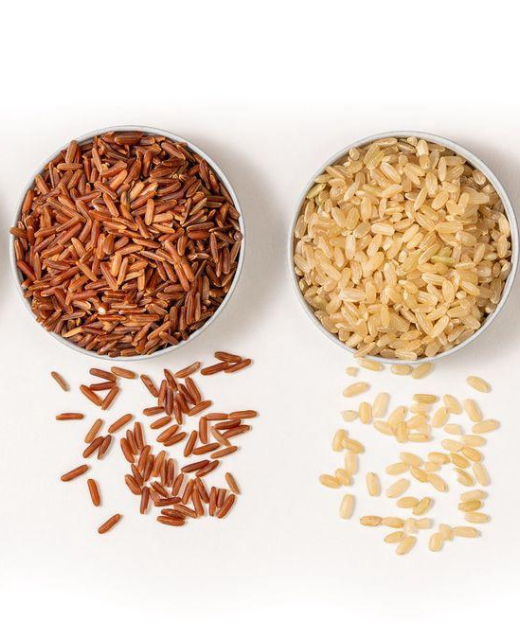- +923216491856
- info@grainadvisor.com
- Kāmoke
These tiny, oil-rich seeds are highly valued for their nutritional benefits and versatility. They are commonly used in baking as a topping for bread and bagels, as well as in various culinary dishes. Sesame seeds are also processed to produce tahini (a paste) and sesame oil, both widely used in cooking and food preparation.
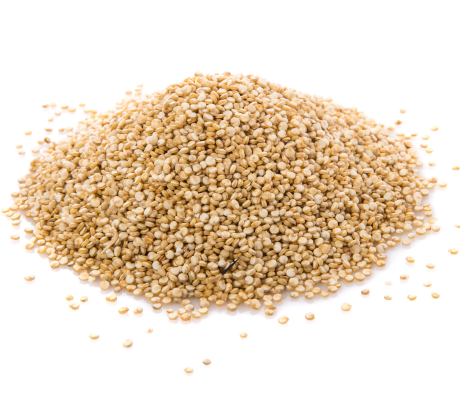
This staple grain is incredibly versatile. Yellow corn is consumed directly by humans (e.g., corn on the cob, popcorn), processed into various food products like cornmeal, corn starch, and corn oil. It's also a crucial component in animal feed and plays a significant role in the production of biofuel (ethanol).
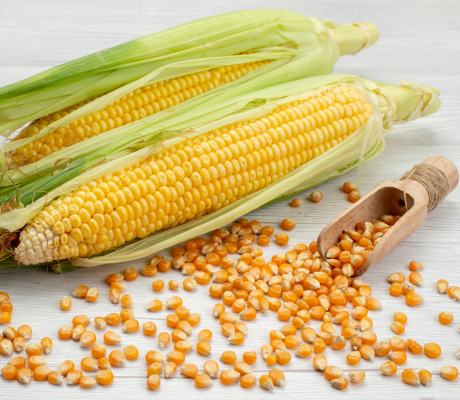
Wheat bran is the outer layer of the wheat kernel and is a significant by-product of the milling process. It's an excellent source of dietary fiber and is often added to cereals, baked goods, and other food products to boost their nutritional value. It's also widely used in animal feed.
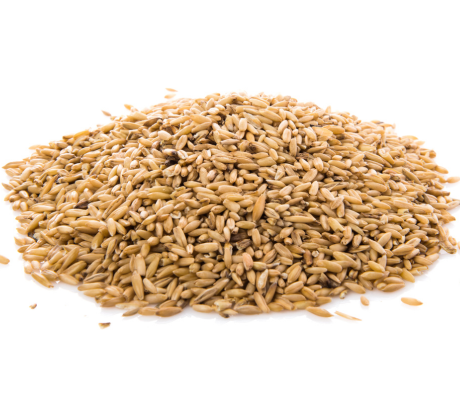
Red chilies are the fruits of the Capsicum plant, known for their pungent flavor due to the compound capsaicin. They are used extensively as a spice in various cuisines worldwide, both fresh and dried. Red chilies are also processed into chili powder, flakes, and sauces. Beyond culinary uses, they have traditional medicinal applications.
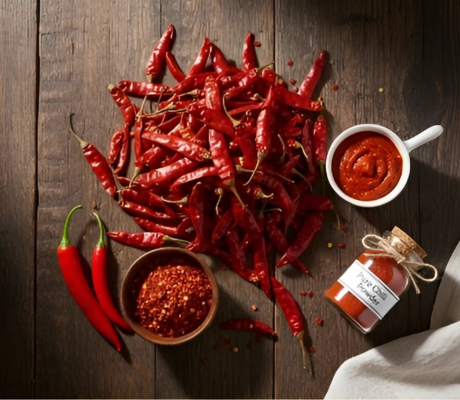
Pink salt, often referred to as Himalayan Pink Salt, is a mineral rich rock salt mined from the Punjab region of Pakistan. Its distinctive pink hue comes from trace minerals like iron. It's used as a culinary salt for seasoning, curing, and even for decorative purposes like salt lamps. Many claim it offers various health benefits due to its mineral content.

Green millet, also known as foxtail millet or bajra in some regions, is a nutritious and drought-resistant cereal grain. It's a significant food crop in many parts of the world, particularly in Asia and Africa. Millet is used for human consumption (e.g., flour, porridge) and as feed for birds and animals. It's also gaining popularity as a gluten-free grain.
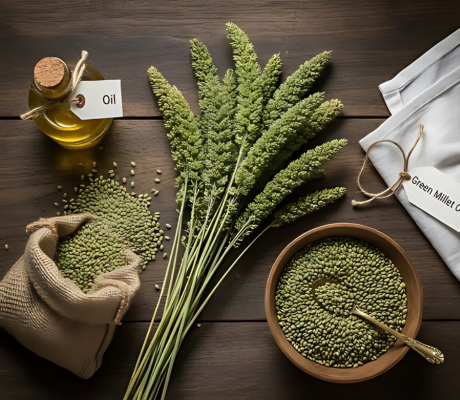
These are the protective outer coverings of rice grains, a major by-product of rice milling. While not edible, rice husks have numerous industrial and agricultural uses. They can be used as biofuel, an ingredient in animal bedding, as a building material, and in some cases, as a source for extracting silica.

Paddy straw is the stalks and leaves of the rice plant that remain after the rice grains are harvested. It's a fibrous by-product with various uses, including animal fodder (though its nutritional value is lower than other fodders), mulch in agriculture, a raw material for paper and board manufacturing, and as biofuel or for generating energy.


These tiny, oil-rich seeds are highly valued for their nutritional benefits and versatility. They are commonly used in baking as a topping for bread and bagels, as well as in various culinary dishes. Sesame seeds are also processed to produce tahini (a paste) and sesame oil, both widely used in cooking and food preparation.
This staple grain is incredibly versatile. Yellow corn is consumed directly by humans (e.g., corn on the cob, popcorn), processed into various food products like cornmeal, corn starch, and corn oil. It’s also a crucial component in animal feed and plays a significant role in the production of biofuel (ethanol).


This staple grain is incredibly versatile. Yellow corn is consumed directly by humans (e.g., corn on the cob, popcorn), processed into various food products like cornmeal, corn starch, and corn oil. It’s also a crucial component in animal feed and plays a significant role in the production of biofuel (ethanol).

Wheat bran is the outer layer of the wheat kernel and is a significant by-product of the milling process. It’s an excellent source of dietary fiber and is often added to cereals, baked goods, and other food products to boost their nutritional value. It’s also widely used in animal feed.

Red chilies are the fruits of the Capsicum plant, known for their pungent flavor due to the compound capsaicin. They are used extensively as a spice in various cuisines worldwide, both fresh and dried. Red chilies are also processed into chili powder, flakes, and sauces. Beyond culinary uses, they have traditional medicinal applications.
Red chilies are the fruits of the Capsicum plant, known for their pungent flavor due to the compound capsaicin. They are used extensively as a spice in various cuisines worldwide, both fresh and dried. Red chilies are also processed into chili powder, flakes, and sauces. Beyond culinary uses, they have traditional medicinal applications.

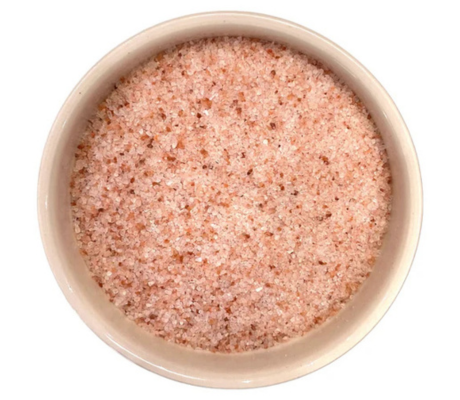
Pink salt, often referred to as Himalayan Pink Salt, is a mineral rich rock salt mined from the Punjab region of Pakistan. Its distinctive pink hue comes from trace minerals like iron. It’s used as a culinary salt for seasoning, curing, and even for decorative purposes like salt lamps. Many claim it offers various health benefits due to its mineral content.

Green millet, also known as foxtail millet or bajra in some regions, is a nutritious and drought-resistant cereal grain. It’s a significant food crop in many parts of the world, particularly in Asia and Africa. Millet is used for human consumption (e.g., flour, porridge) and as feed for birds and animals. It’s also gaining popularity as a gluten-free grain.
Green millet, also known as foxtail millet or bajra in some regions, is a nutritious and drought-resistant cereal grain. It’s a significant food crop in many parts of the world, particularly in Asia and Africa. Millet is used for human consumption (e.g., flour, porridge) and as feed for birds and animals. It’s also gaining popularity as a gluten-free grain.

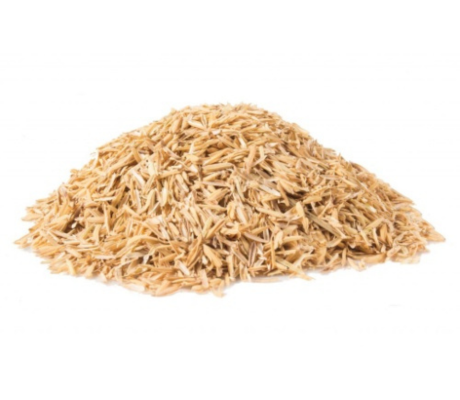
These are the protective outer coverings of rice grains, a major by-product of rice milling. While not edible, rice husks have numerous industrial and agricultural uses. They can be used as biofuel, an ingredient in animal bedding, as a building material, and in some cases, as a source for extracting silica.
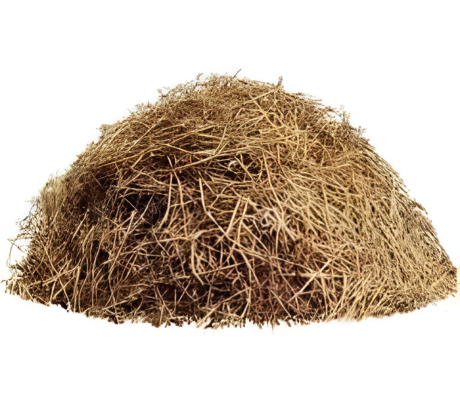
Paddy straw is the stalks and leaves of the rice plant that remain after the rice grains are harvested. It’s a fibrous by-product with various uses, including animal fodder (though its nutritional value is lower than other fodders), mulch in agriculture, a raw material for paper and board manufacturing, and as biofuel or for generating energy.
Paddy straw is the stalks and leaves of the rice plant that remain after the rice grains are harvested. It’s a fibrous by-product with various uses, including animal fodder (though its nutritional value is lower than other fodders), mulch in agriculture, a raw material for paper and board manufacturing, and as biofuel or for generating energy.


We offer consultancy in operational efficiency, quality improvement, sustainability practices, and market growth strategies tailored to the grain and agriculture industry.
Yes, every solution we provide is customized based on your factory or farm’s specific challenges, goals, and growth potential.
Absolutely. We guide businesses in meeting local and international standards while improving grain storage, processing, and overall product quality.
Our team analyzes your operations, identifies gaps, and suggests cost-effective, practical strategies to optimize workflow, reduce waste, and increase profitability.
Yes, we believe in long-term partnerships and provide continuous guidance, monitoring, and support to ensure successful implementation of our recommendations.
